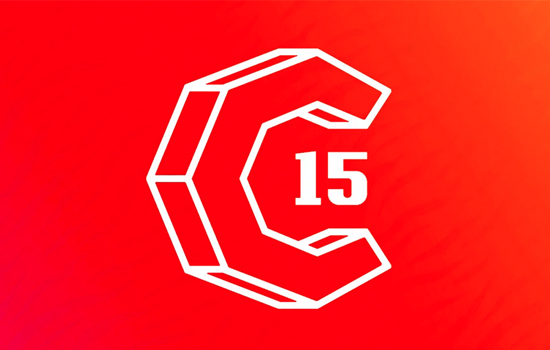 I recently finished Who’s Your Gladys? How to Turn Even the Most Difficult Customer into Your Biggest Fan by Marilyn Suttle and Lori Jo Vest. I selected it from Newfangled’s book club reading list for three reasons: the title was intriguing, I can always use help in this area of my professional life, and I knew that a book full of stories (case studies) would most likely hold my attention longer than a book on internet marketing or coding.
I recently finished Who’s Your Gladys? How to Turn Even the Most Difficult Customer into Your Biggest Fan by Marilyn Suttle and Lori Jo Vest. I selected it from Newfangled’s book club reading list for three reasons: the title was intriguing, I can always use help in this area of my professional life, and I knew that a book full of stories (case studies) would most likely hold my attention longer than a book on internet marketing or coding.
Who’s Your Gladys? is just one of thousands of current books about improving customer service. The “Gladys” of the book’s title refers to an impossible-to-please client featured in the first case study and the authors are convinced that, using Gladys as an example, even the most difficult customers can be won over. Even though most of the this book runs counter to popular articles on how to get rid of troublesome clients, the final chapter does address how to assess whether a customer is a good fit for your company and how to gently say goodbye if they’re not.
Suttle and Vest espouse a philosophy common to good customer service: treat others as you would want them to treat you. But what makes Who’s Your Gladys? unique from some of the other choices on Amazon is, rather than simply being a 200-page academic treatise, it has a very practical structure. Each of the ten chapters is a case study, ending with a seven-point summary of that company’s key applications of customer service, a checklist of those applications from which you can rate (1-10) your own customer service performance and a quiz so you can test how well you’ve understood the seven application points. The book also has a good balance of content for improving relations with customers as well as co-workers. I imagine Who’s Your Gladys? could be a useful reference to keep nearby when you find yourself venting about clients or your cubicle mate.
A common component among all the case studies was empathy; the ability to put yourself in the shoes of a client who has contacted you to complain, and treat them not as a “problem” but as a person. One COO who was interviewed said,
“The customer is always right” is an adage that is past its prime. Even when a customer wants something that you can’t give him, if you explain the reasons behind your inability to grant his wish and offer an alternative, you can typically get the relationship back on course. Feeling that they’ve been treated fairly is more important to most people than simply being right.
One case study in particular that impressed me was Preston Wynne Spa, an award-winning spa in Saratoga, California that services an affluent and highly demanding clientele. In this case study, Suttle and Vest focus on service within (managers and employees) as well as clients. Some of the key characteristics of Preston Wynne Spa:
• The staff of 80 employees are instructed to not use industry-standard scripted language when dealing with clients, but to keep conversations natural and professional. This way, each client experiences the kind of personalized care for which Preston Wynne Spa is known.
• CEO Peggy Wynne Borgman is slow to hire, quick to fire. Potential new employees are interviewed by both management and staff, which empowers coworkers to assume ownership of new hires. If a new employee doesn’t buy in to the company’s customer service philosophy within 30 days, chances are they never will. Managers provide quick 10 minute reviews for each member of their staff on a monthly basis to maintain a continuous flow of communication (which translates into a low employee turnover rate).
• Employees are instructed not to take a client’s personality to heart but to learn to respond to their style. An assessment tool is used to determine which one of four personality categories a client fits: Driver, Analytical, Expressive or Amiable. This helps employees avoid negative judgement of patrons due to filtering the customer’s behavior through their own social style.
Another common thread running through all of the case studies is loving what you do and loving who you are doing it for (your customers). This can be difficult if you’re unhappy in your work, which may be the result of having the wrong personality type for the position, lack of proper training, or neglecting your personal mental or physical health. Dissatisfaction with your work will ultimately spill over into how you treat customers and coworkers, no matter how hard you try to suppress it. One profiled company, ClearVision Optical, puts a high value on employee well-being by conducting employee surveys regarding workspace conditions and process inefficiencies, publicly recognizing employees who’ve received customer compliments, and gifts and social events for employees such as theater outings and holiday parties.
Who’s Your Gladys? doesn’t really offer any new or revolutionary ideas regarding customer service, but it reminds us about the things we know we should be practicing. It has caused me to more carefully consider how I behave when I’m in the role of the customer, as well as how I behave towards my fellow Newfanglers. As I’ve told my children countless times (but have struggled to master myself), it’s more important to be in relationship than to be right.


